Súp cua (Vietnamese crab and corn soup) is a mouth-watering appetizer with a superb taste and mesmerizing presentation. By artfully combining crab, chicken, corn, egg, and mushrooms, the locals have brought forth an elegant dish that will surprise you with every spoonful.
For people who have never experienced the exquisite taste of Vietnamese starters, this dish is an ideal starting point. Stick with me to the end of today’s post to learn an authentic súp cua recipe, along with useful tips and tricks that will help you cook like a pro!
Vietnamese Cuisine And The Plethora Of Tasty Soups
Soup is an incredibly diverse food category in Vietnamese daily cooking practices. Besides the numerous delicious Vietnamese soup recipes, súp cua is another all-time favorite among foodies.
It used to be a fancy dish served in prestige restaurants, but through time, the locals have found ways to incorporate súp cua into everyday lives.
Nowadays, not only does súp cua still retain its role as a well-loved appetizer at feasts and parties, but it has also become a part of Vietnamese street food culture. Moreover, people love having this hearty soup for breakfast.
All Essential Tools To Make Súp Cua
Súp cua is not a difficult dish to make if you have all the necessary tools. Before diving into the actual recipe, ensure that you aren’t missing any of the following kitchenware.
Ingredients For An Authentic Súp Cua
For the ingredients, you’ll use crab meat and chicken leg as the main protein sources. In addition, you’ll need to prepare some mushrooms, corn, eggs, tapioca flour, and a few spices.
How To Cook Crab and Corn Soup
Get your stove ready! It’s time to start cooking up a pot of delectable Vietnamese crab and corn soup!
Step 1: Prepare The Ingredients
Wash the mushrooms and drain them well.
Boil the quail eggs for 8 to 10 minutes.
Soak the wood ear mushrooms in warm water for 10 to 15 minutes to soften them. Then, slice them into thin strips. Likewise, cut the shiitake mushrooms thinly.
Cut the scallions, cilantro, and shiitake mushrooms finely.
Step 2: Steam The Crab
First, you’ll need to clean the crab properly to get rid of all the debris and unwanted parts.
Once done, pour some water into a pot and place a bowl in the middle. Transfer the cleaned crab onto a plate and put it on top of the bowl. Put the lid on and steam for 12 to 15 minutes, depending on the size of the crab.
You can use a steamer instead if you have one. After steaming the crab, take it out of the pot and allow it to cool.
Step 3: Boil The Chicken
While waiting for the crab to cook, boil the chicken on another stove for 15 to 20 minutes. To ensure that your chicken is cooked to perfection, you should learn the best way to boil chicken breast for shredding.
Afterward, let the chicken cool.
Step 4: Extract Meat From The Crab
Cut or break off the legs and claws from the crab’s body.
Use the small tip at the end of a teaspoon’s handle to push the crab meat out from its legs.
For the crab legs, crack the shells by gently hitting them with a knife handle. Then, extract the meat using the teaspoon’s handle.
Note
Don’t apply too much force, as you can accidentally break the shells into many small pieces, making it harder to remove them from the meat.
Alternatively, you can break the shells with a seafood cracker.
To pick out the meat from the crab’s body, first, you’ll need to cut it in half. Next, extract the meat as instructed above with a teaspoon’s handle until there’s no crab meat left.
Step 5: Shred The Chicken
Shred the chicken into bite-sized strips. Place the shredded chicken on the same plate as the crab meat.
Step 6: Cook The Soup
Pour 10.5 cups (about 2.5 liters) of bone broth into the stockpot. Then, add the shiitake mushrooms, corn, and wood ear mushrooms. Bring the broth to a boil.
When the broth has come to a boil, season it with the chicken bouillon powder, sugar, and salt. Stir well and cook for 10 minutes over medium heat.
Mix 1 ounce of tapioca flour with about ⅖ cup of water. Crack the egg and beat it well.
Add the tapioca flour mixture into the pot and stir well.
Next, add the egg and quickly stir it with a spoon to turn it into beautiful strands.
Lastly, add the crab meat, shredded chicken, and quail eggs.
Cook the soup for another 1 to 2 minutes, then cut the heat.
Step 7: Serve The Soup
Ladle the soup into a bowl. Sprinkle some scallions, cilantro, and ground pepper on top. And that’s it! Enjoy your nutritious and flavor-packed súp cua!
Tips And Tricks For The Best Súp Cua
Here are a couple of tips that will help you avoid common mistakes and boost the flavor of your soup up a notch.
Give This Absolute Gem Of An Appetizer A Try!
Súp cua is a flavorful and nutritious appetizer that everyone will love. Thanks to the perfect balance of tastiness and beautiful presentation, this dish is sure to impress whenever it appears. In addition, you can have it for a delightful morning meal.
In my opinion, súp cua is simply unbeatable when it comes to Vietnamese starters. But how about you? Do you find the dish delicious? Please let me know your thoughts by writing a comment. Lastly, don’t hesitate to like and share the post if you find it helpful. Thank you so much!
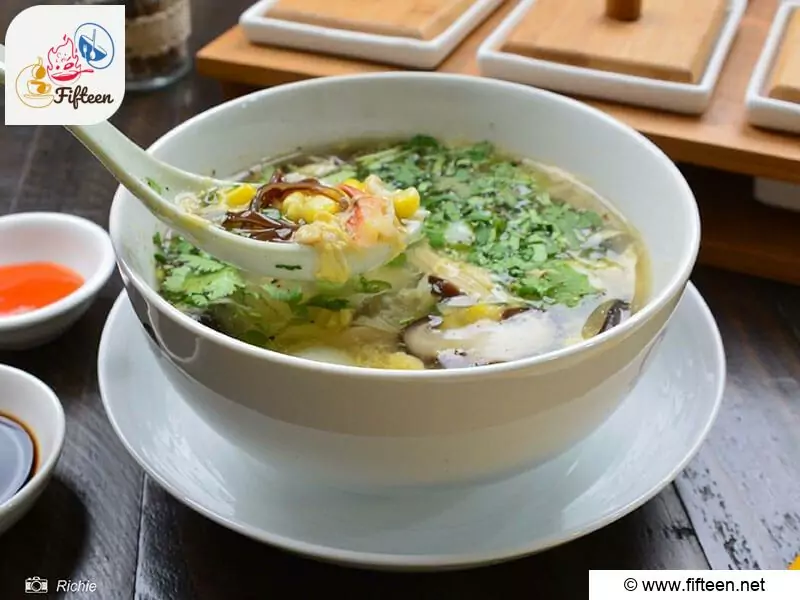
Súp Cua Recipe (Vietnamese Crab And Corn Soup)
Equipment
- Stockpot
- Saucepan
- Knife
- Chopping Board
- Ladle
- Steamer, tongs, scissors, and teaspoon (optional)
Ingredients
- 10.5 ounces crab meat
- 1 chicken leg
- 10.5 cups bone broth
- 1 ounce wood ear mushrooms
- 1.8 ounces shiitake mushrooms
- 1.8 ounces tapioca flour
- 1 egg
- 20 quail eggs
- 5.3 ounces corn
- 1.8 ounces scallions
- 1.8 ounces cilantro
- 5 teaspoons chicken bouillon powder
- 1 teaspoon brown sugar
- 2 teaspoons salt
Instructions
- Wash and drain mushrooms. Boil quail eggs for 8-10 minutes. Soak wood ear mushrooms in warm water for 10-15 minutes, then slice thinly. Thinly slice shiitake mushrooms. Finely chop scallions and cilantro.
- Clean the crab thoroughly. Steam it in a pot with a bowl in the center for 12-15 minutes, adjusting time based on size.
- Boil the chicken on another stove for 15 to 20 minutes. Afterward, let the chicken cool.
- Separate legs and claws from the crab body. Use a teaspoon handle to push out meat from legs. Gently crack leg shells with a knife handle, then extract meat with the teaspoon. Cut the body in half and extract meat similarly.
- Shred the chicken into bite-sized strips. Place the shredded chicken on the same plate as the crab meat.
- Pour bone broth into a stockpot. Add mushrooms, corn, and wood ears. Bring to a boil, then season with bouillon, sugar, and salt. Stir and cook for 10 minutes on medium heat.
- Mix tapioca flour with water. Crack and beat an egg. Add the tapioca mixture to the pot, stirring well. Quickly stir in the egg to create strands. Finally, add crab meat, shredded chicken, and quail eggs.
- Cook the soup for another 1 to 2 minutes, then cut the heat. Ladle the soup into a bowl. Sprinkle some scallions, cilantro, and ground pepper on top. Enjoy!
Video
Notes
- The total time is sufficient to make 4 servings of súp cua.
- While the seasonings and spices in this recipe yield the most authentic-tasting súp cua, don’t hesitate to adjust them to fit your liking.
- It’s important that you do not mix the tapioca flour with warm or hot water, as the flour will not be able to dissolve fully and might even clump up.
- Do not use more tapioca flour than necessary, as doing so can cause the soup to be too thick.
- To spice up your súp cua, try adding soy sauce, oyster sauce, chili sauce, or sate sauce to it.


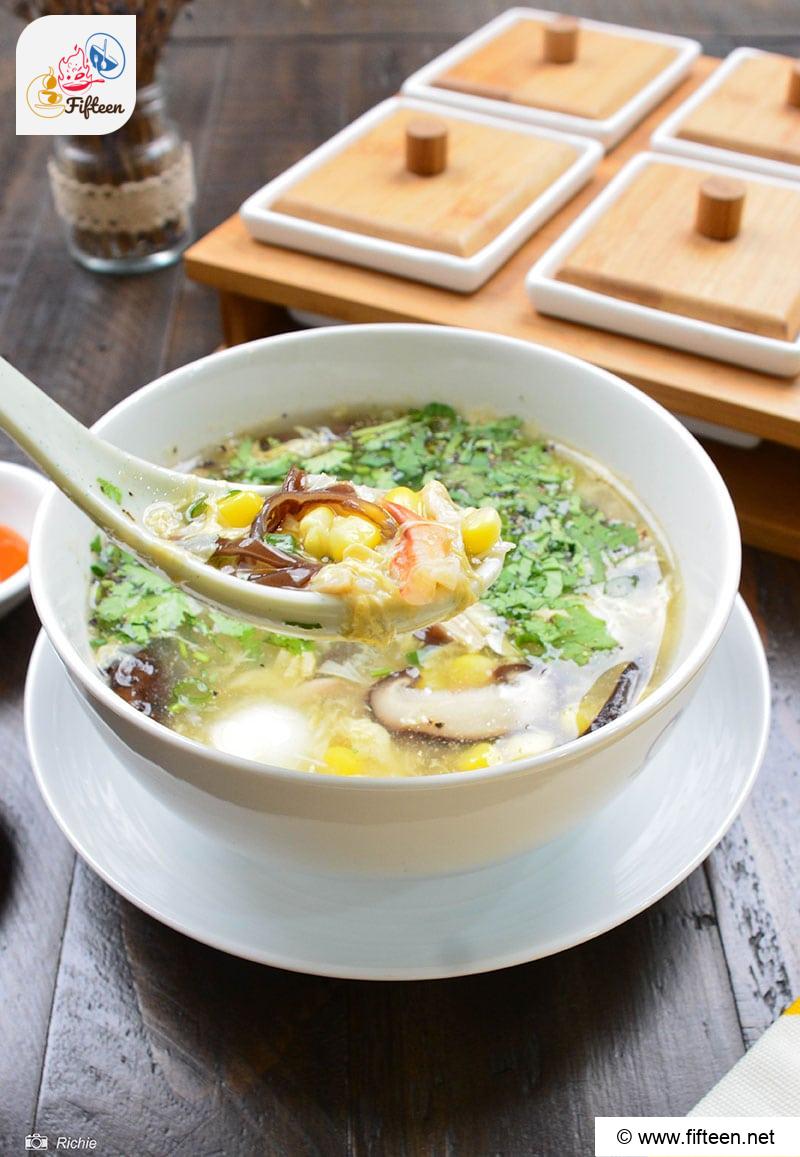
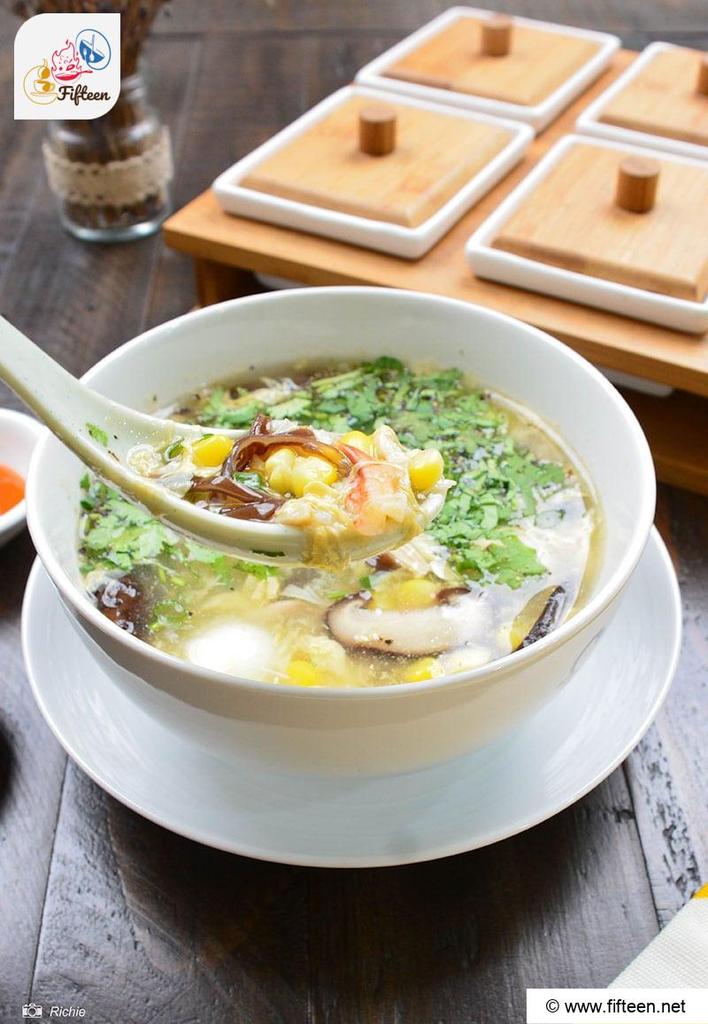
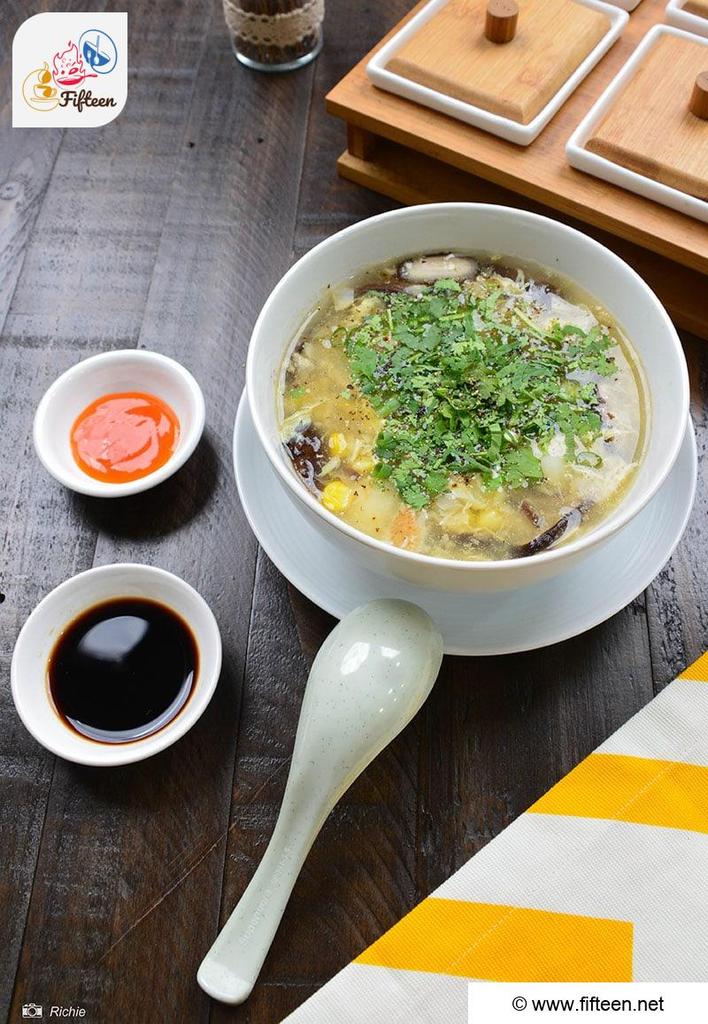
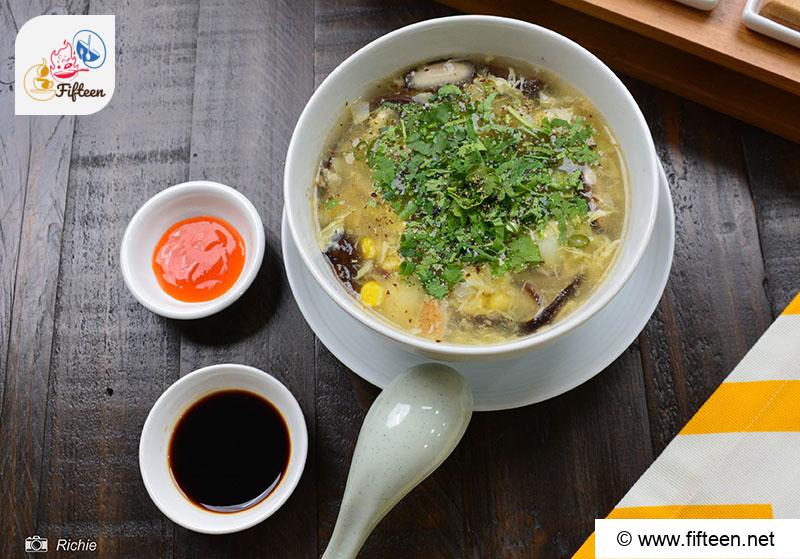
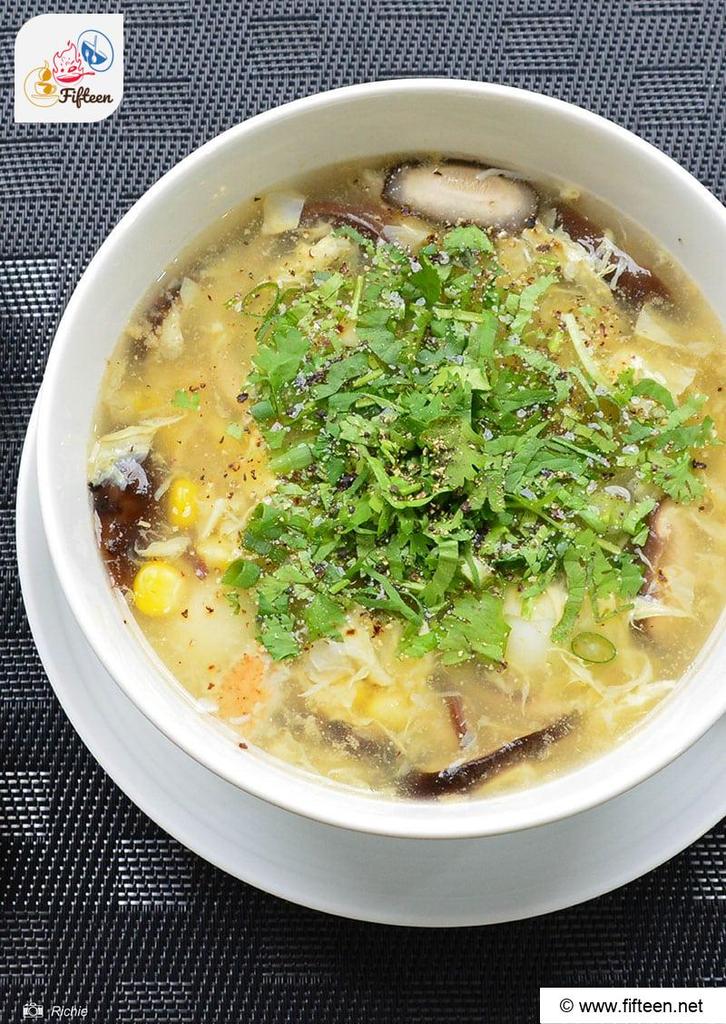
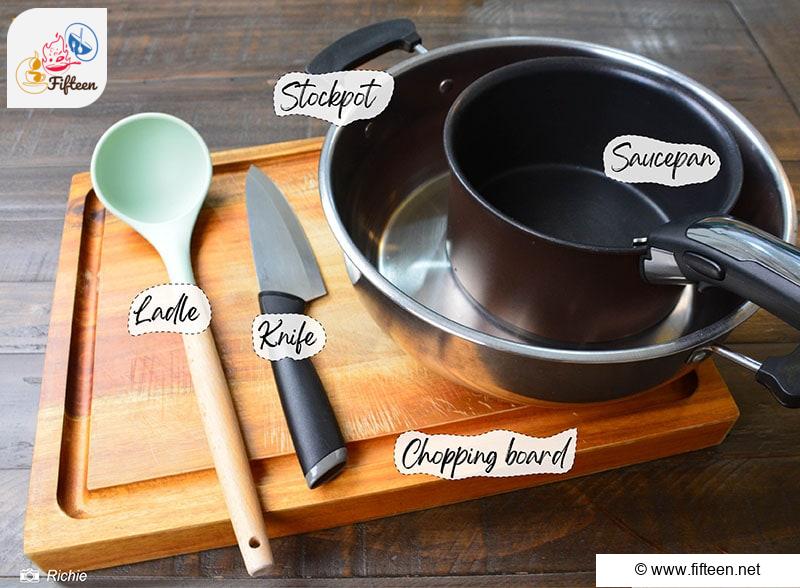
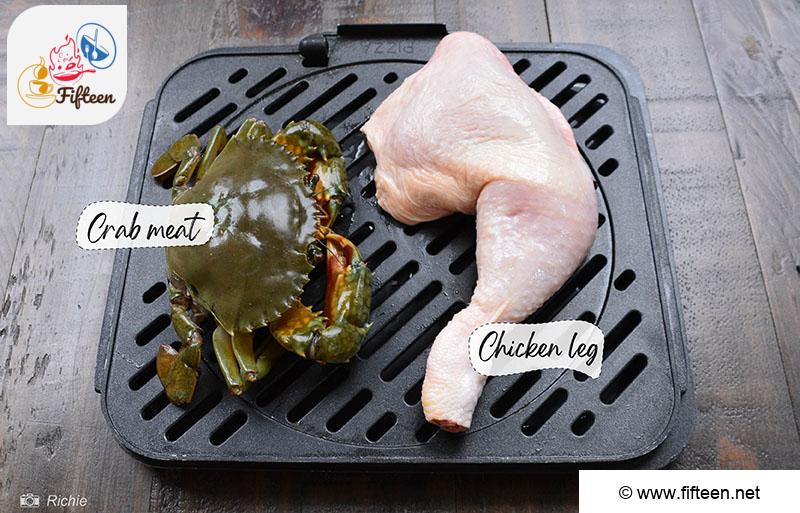
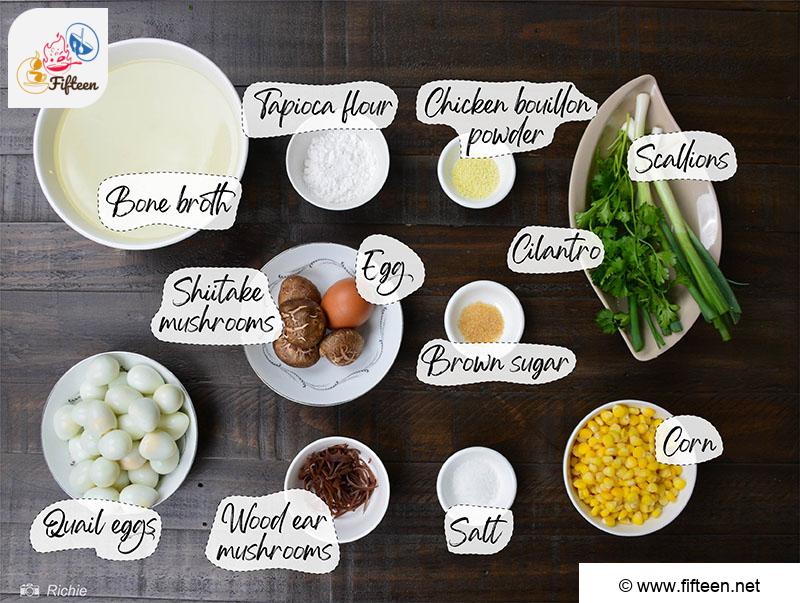
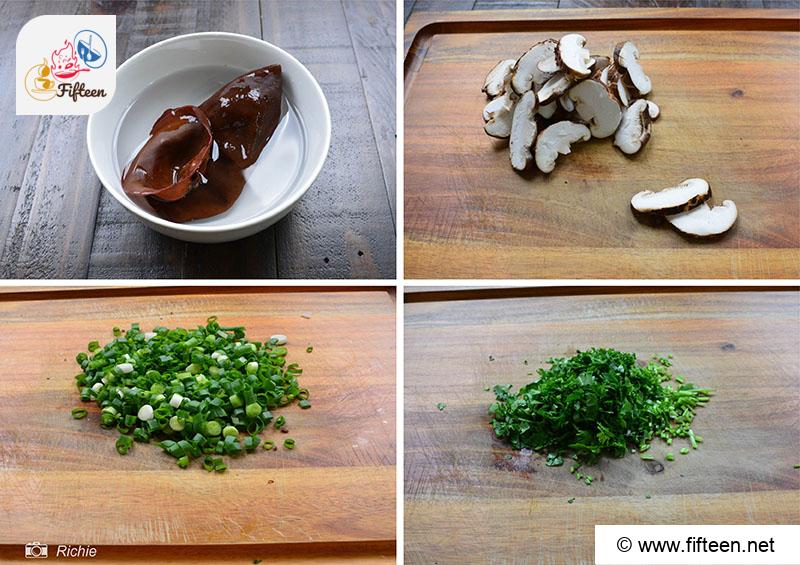
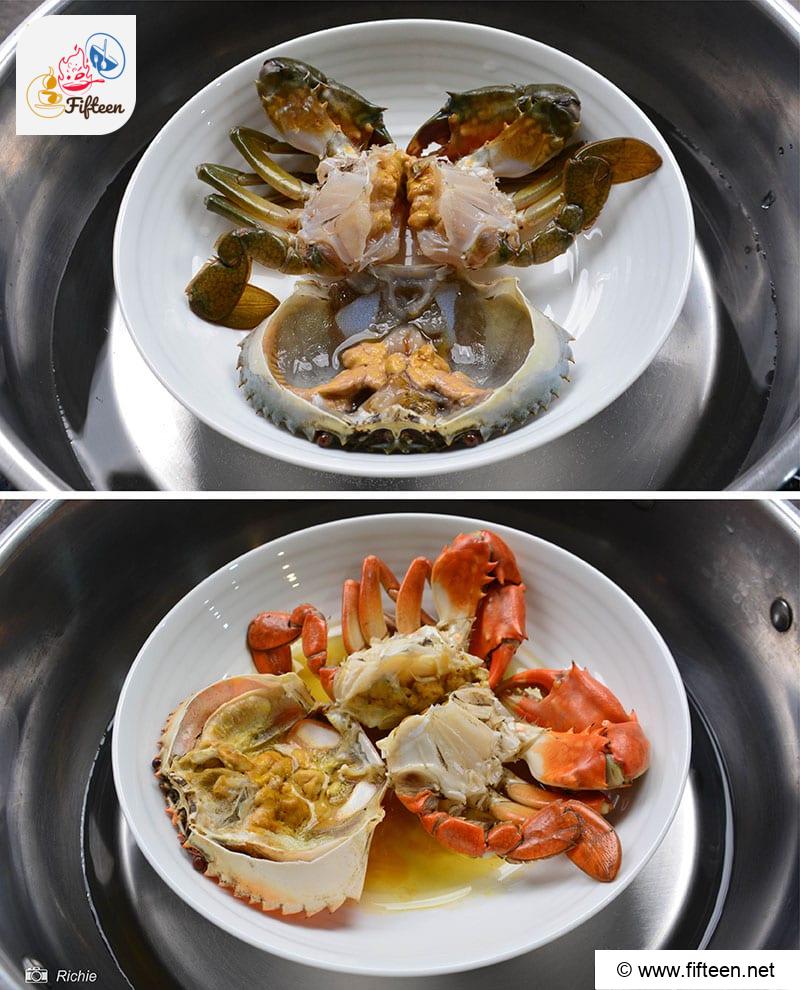
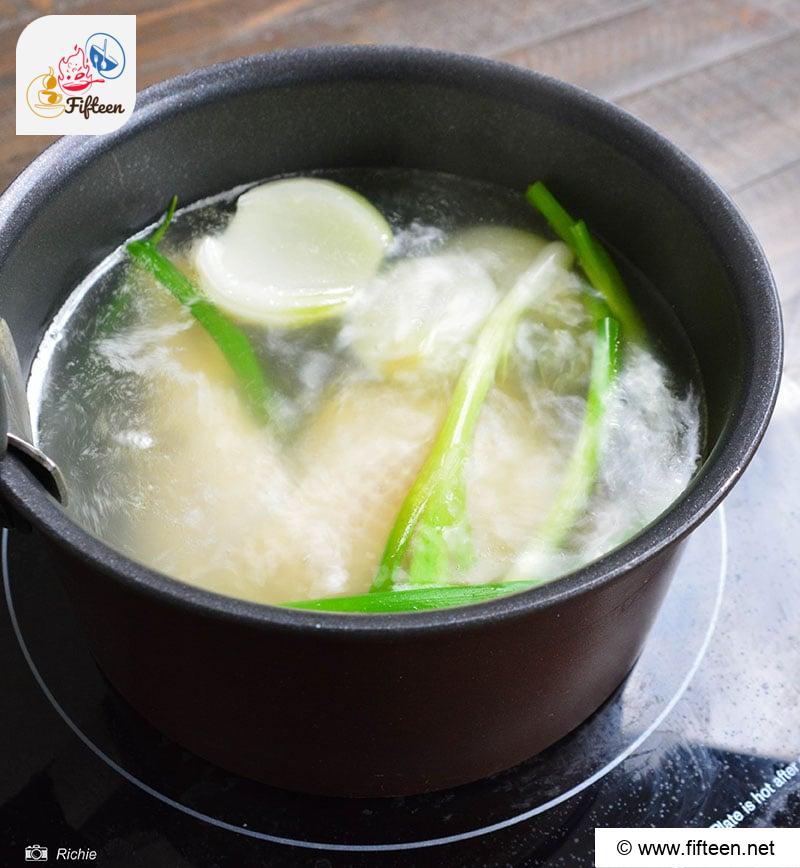
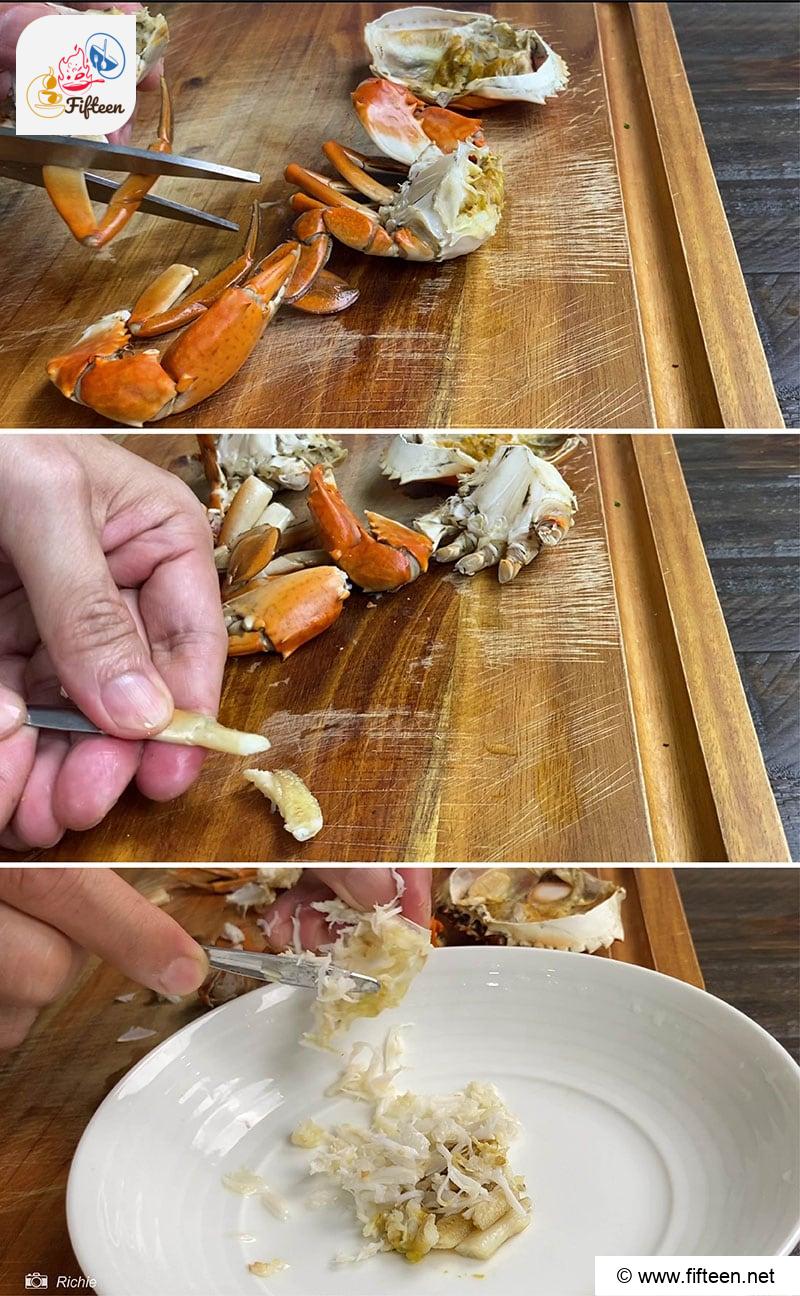
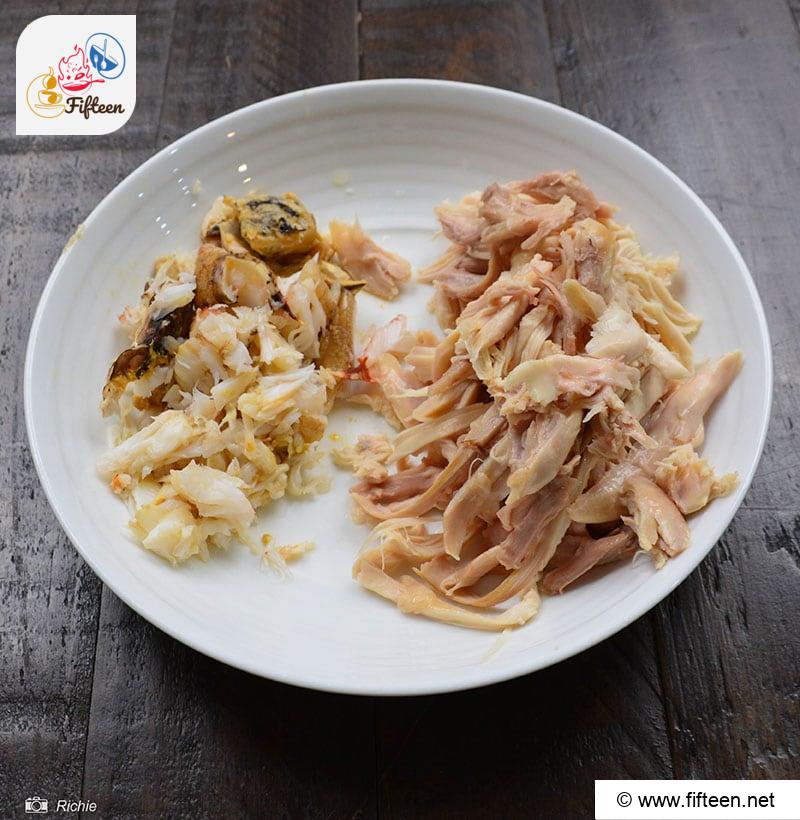
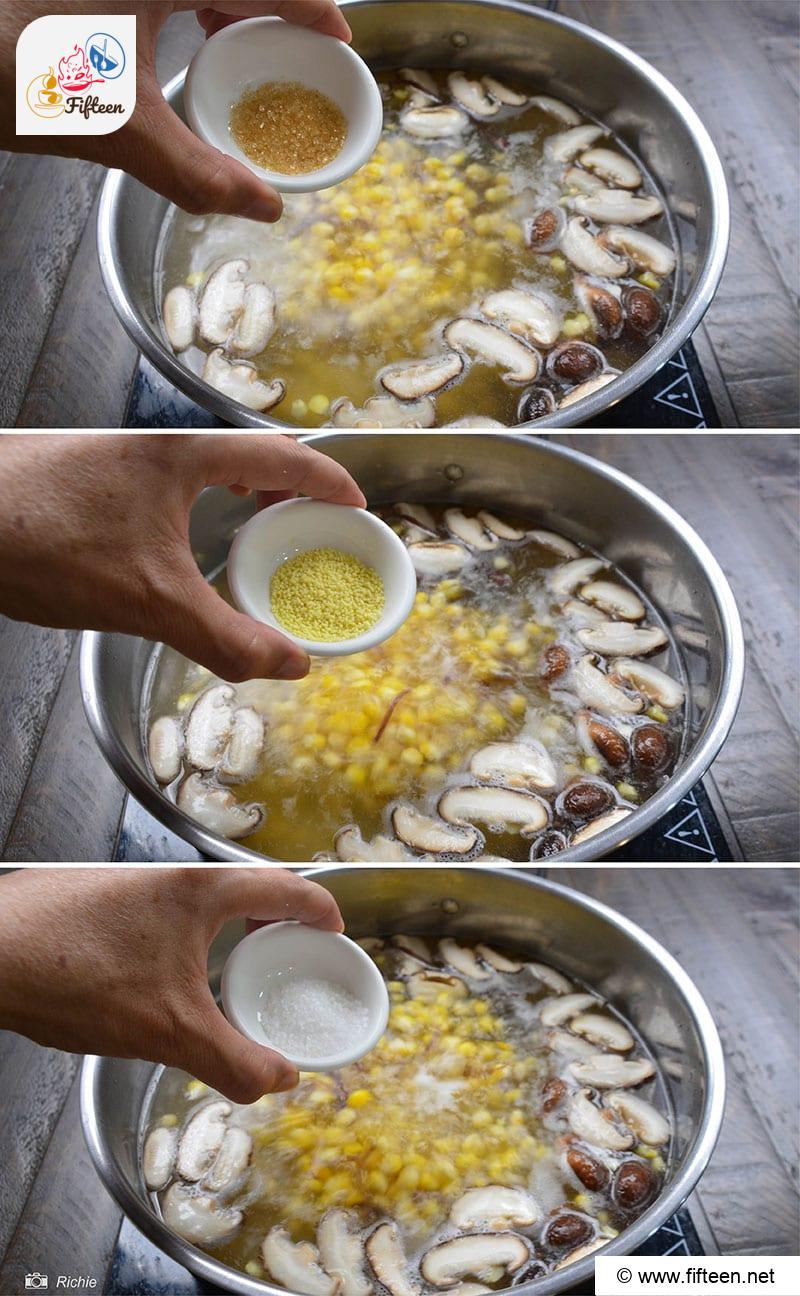
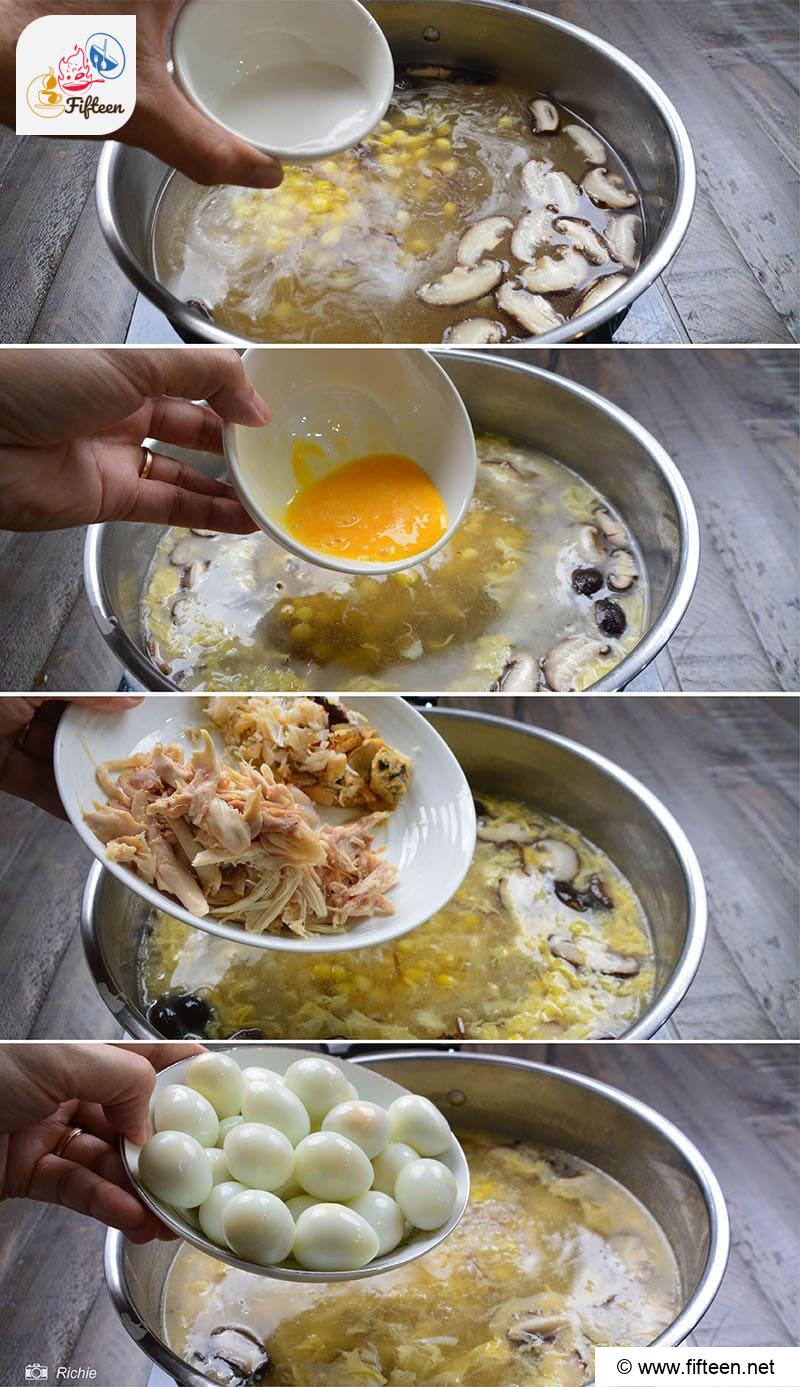
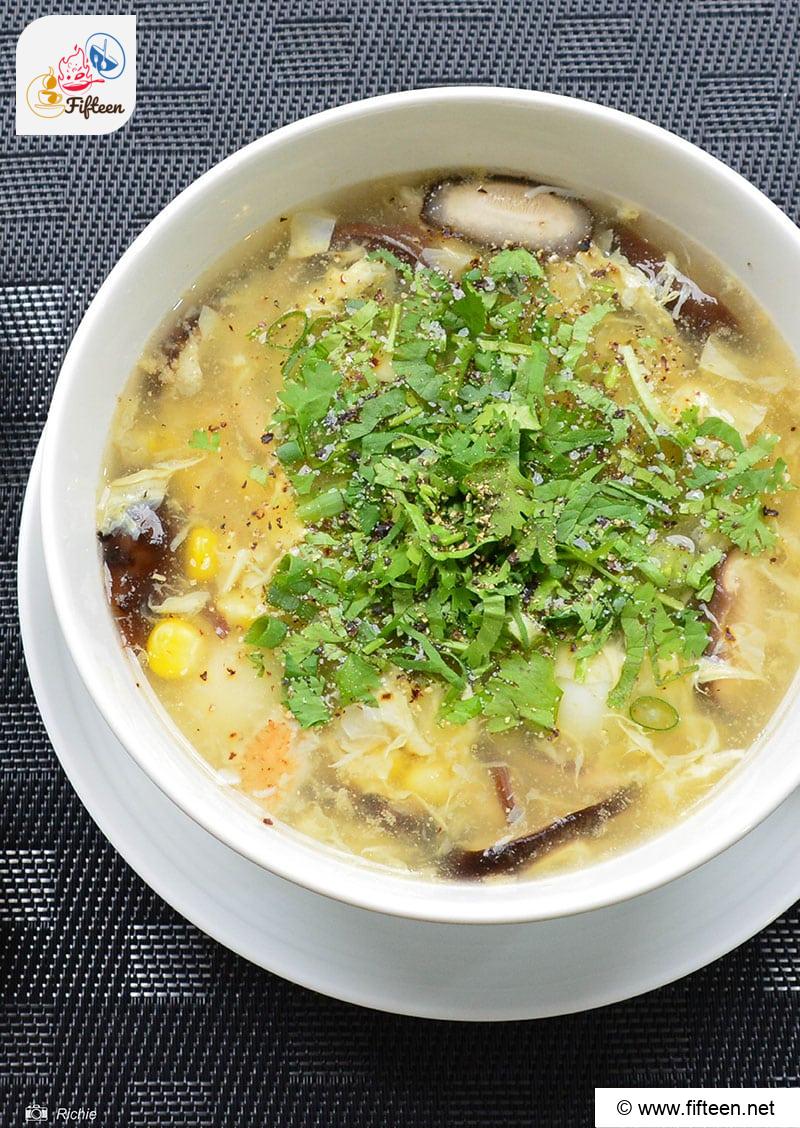
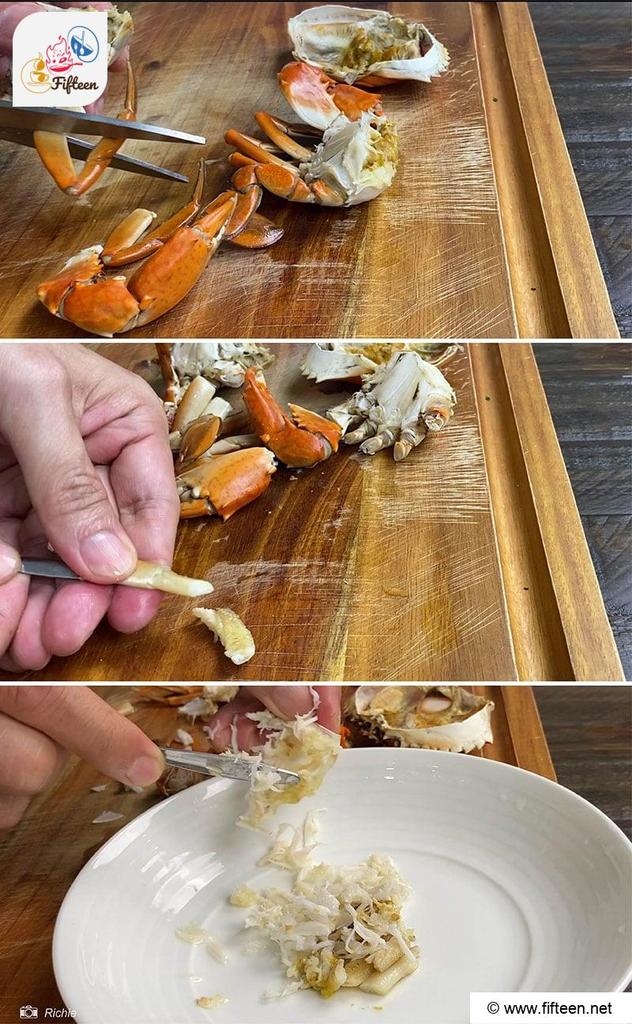
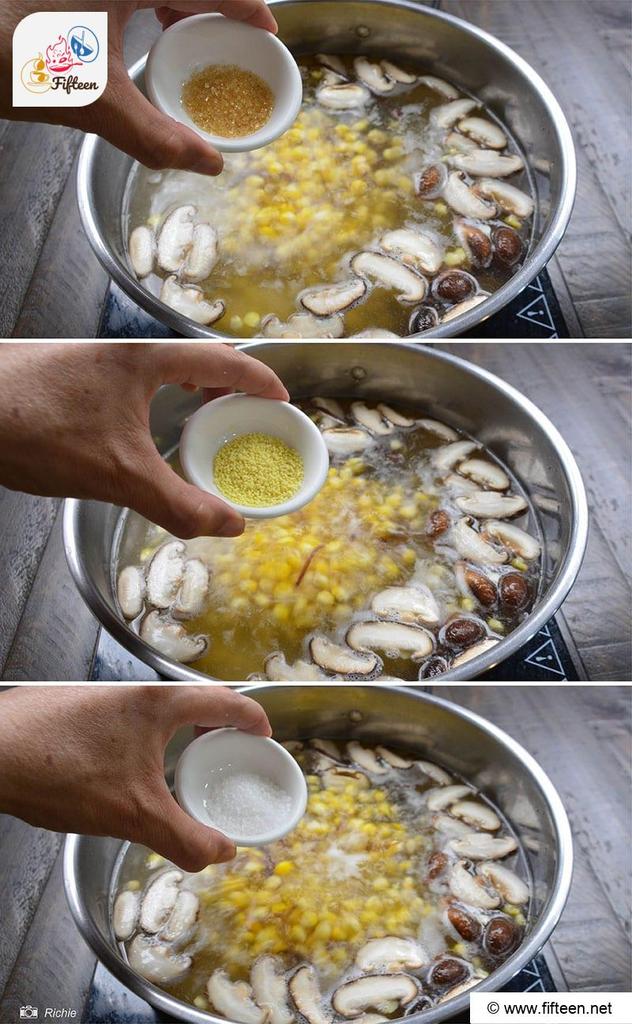
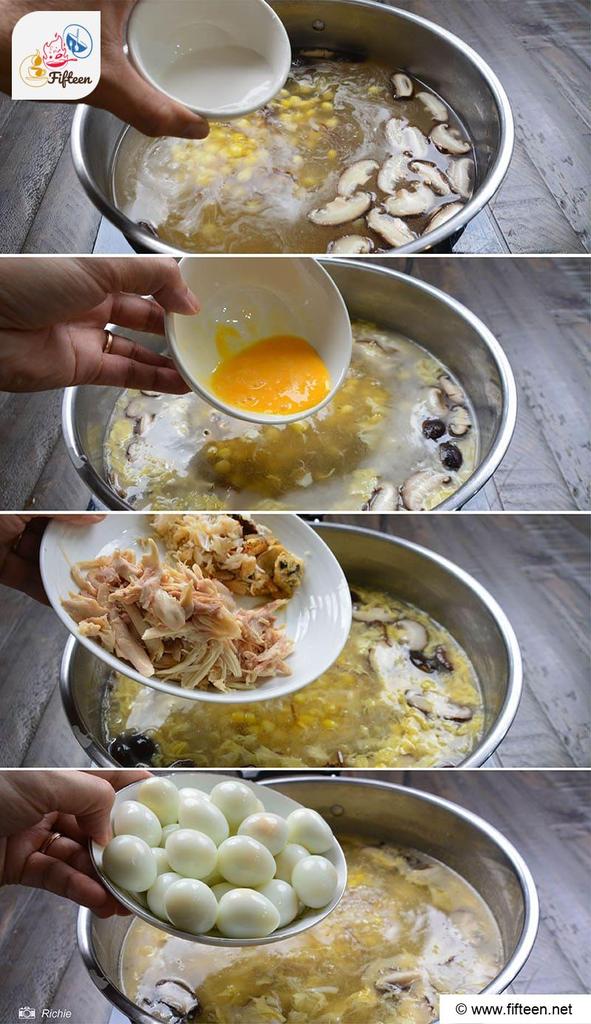
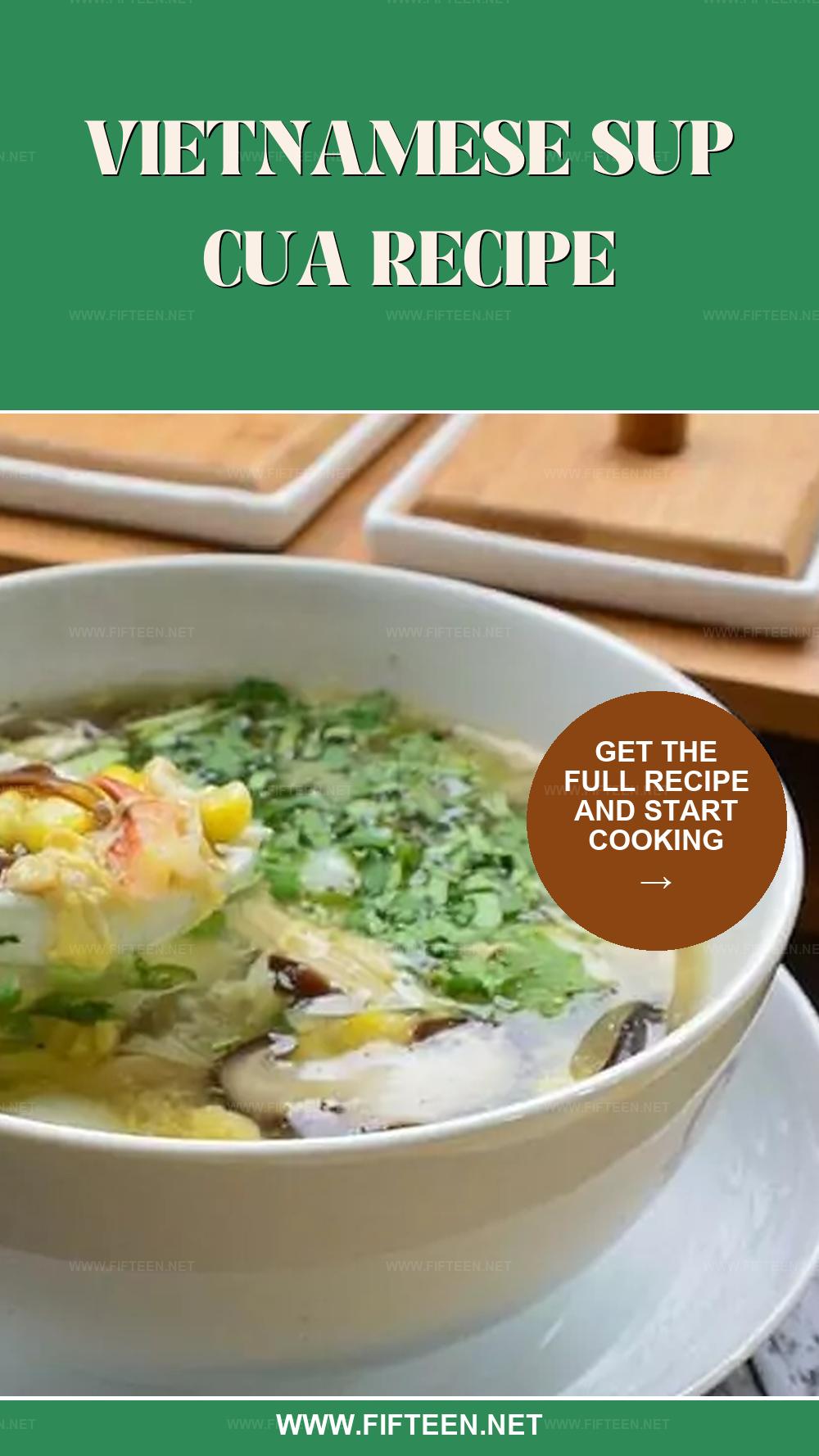
Richie
Content Writer
Expertise
Home Cooking, Meal Planning, Food Styling, Food Photography, Cooking-video Maker, Beverage Evaluation Expert
Education
Saigon Culinary Arts Centre, Ho Chi Minh City, Vietnam
Vietnam Australia Vocational School (VAAC), Hanoi, Vietnam
Richie, based in Ho Chi Minh City, Vietnam, is a dynamic Content Writer with a talent for capturing the essence of culinary art.
Richie specializes in creating visually appealing and tasty content, offering a new angle on Vietnamese and other culinary traditions. With a background in graphic design and a love for food styling and photography, he expertly combines beauty with food narratives, encouraging his audience to discover the culinary world through his imaginative perspective.